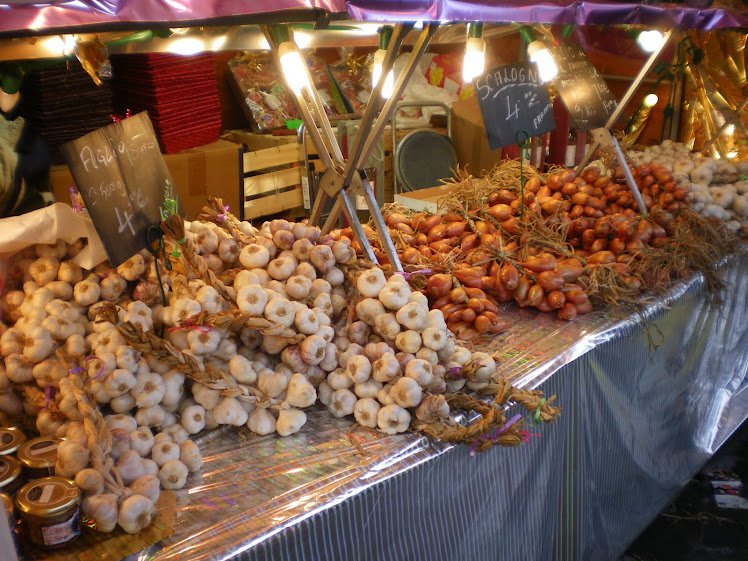Fresh greens in the middle of winter? Why not? Here is last year’s Swiss chard (bietola) still growing in my garden on January 21, 2011. No, this wasn’t inside a cold frame or hoop house – they were buried under dead maple leaves and snow! I was able to pick this whole colander’s worth of lovely, fresh bietola in the middle of winter!
Swiss Chard is a relative of the beet, and its origins have been traced back to Sicily. This vegetable is very high in fiber, protein, and vitamins and is very versatile in the kitchen.There are many other varieties available, including a white-stalked Italian heirloom called “Lucullus,” named after the Roman general Lucius Lucullus, c. 117 BC–57/56 BC, who was renowned for his vast gardens, the Gardens of Lucullus, where the Borghese Gardens are now located.
In this photo, the variety with white stalks is called “Perpetual Spinach,” though it is not spinach at all. It is a relative of chard also known as “leaf beet chard,” and can be used just like chard (or spinach!). The orange-stemmed variety is “Orange Chiffon Swiss Chard,” from www.kitchengardenseeds.com, and the magenta-stalked variety is called “Magenta Sunset Swiss Chard,” from www.johnnyseeds.com. I love the vibrant colors of these two chards, and their leaves are tender, especially when picked at this small size. Cultivation:
Chard is extremely easy to grow. Sow the seed in well-drained, loamy soil, about ½” deep, about 3” apart, in rows about 12” apart. If you follow the square foot gardening method, you can plant 4 per square foot. Chard usually takes about 7 to 10 days to germinate and 50+ days until it is ready to harvest. It is a “cut and come again” vegetable, meaning that you can harvest some of the leaves of each plant and leave the rest to photosynthesize and keep the plant alive so that it will grow more leaves. As you can see from my photo, chard will sometimes last through the winter, especially if it is protected under leaves or a frost blanket. If you have any questions about how to grow chard, feel free to email me at Bettina@italianclubofsaltlake.com. I try to respond to all emails within several days’ time.
Ricetta (recipe): Chard with raisins, shallots, & pancetta
Cooking Tip: In most recipes using chard, I chop the thicker stalks into small pieces and cook the stems first for a few minutes, before adding the shredded or torn leaves. This is because the stalks take several minutes longer to cook.
Ingredients:
1 T olive oil
Several slices pancetta (about 2 or 3 T chopped)
1 large or 2 small shallots (about 2 T chopped)
1 clove garlic, finely chopped
½ cup raisins (I prefer golden raisins, but any raisins will work)
1 large bunch of chard (stems chopped and leaves shredded, keep separate)
¼ c. water
Salt and pepper
Directions:
 |
| Heat skillet. Add olive oil. Then add pancetta and brown. Add shallots and garlic and cook for several minutes. |
 |
| Add raisins and chard stems. |
| Then add the water and deglaze the pan to scrape up the browned bits. Cover the skillet and cook for about 3-4 minutes until stems are tender. |
| Add torn leaves and toss well with other ingredients in the skillet. Cover and cook for 3-4 minutes until leaves wilt and are tender. |
Where to buy seeds:
www.rareseeds.com, www.southernexposure.com












